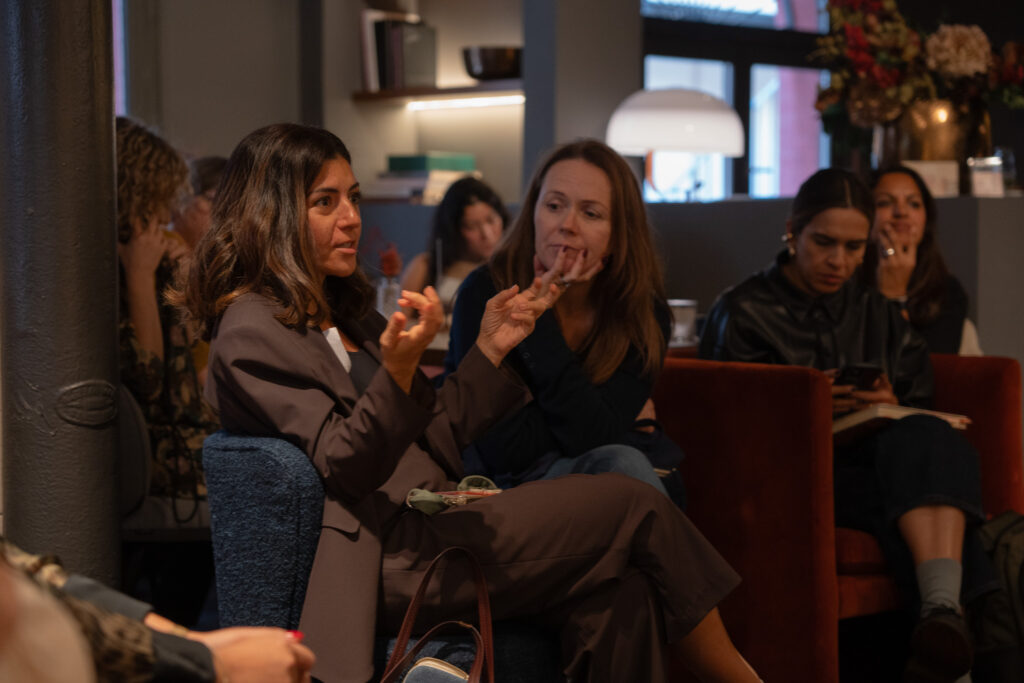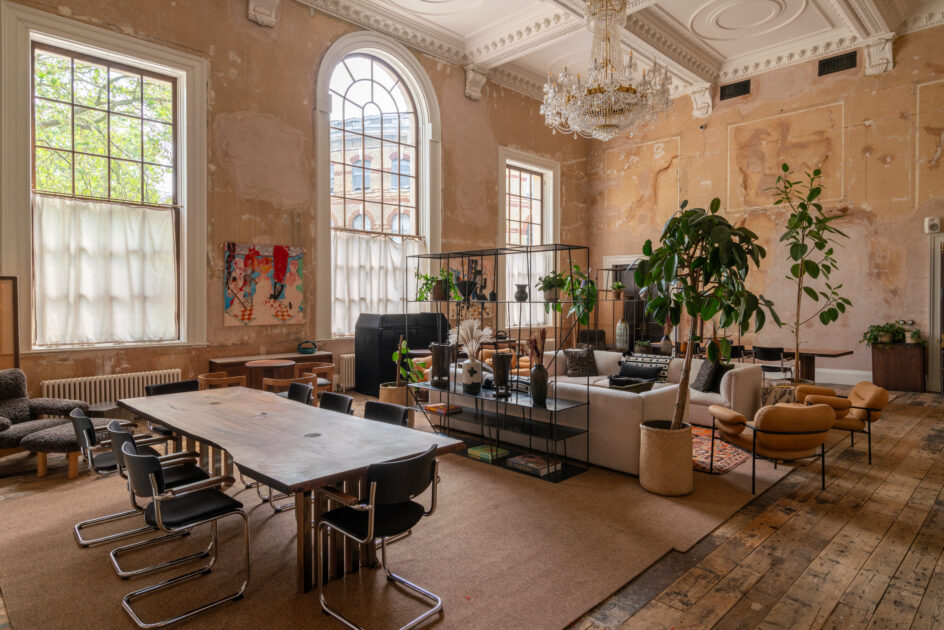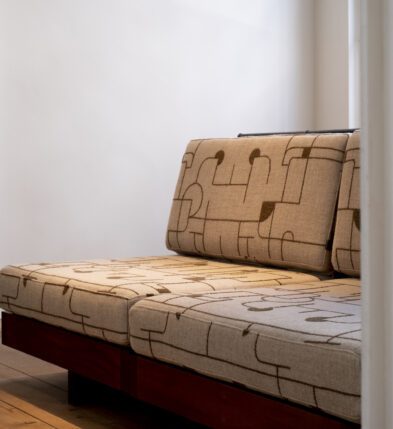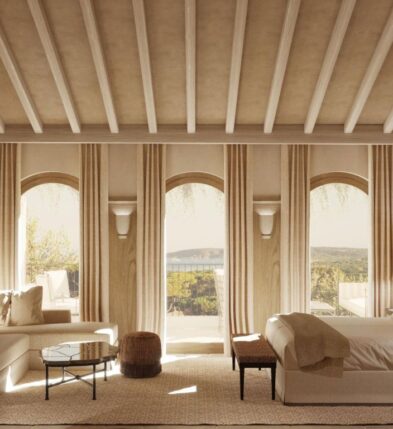Women’s clubs are more than just professional networks—they’re destinations in their own right, offering spaces where connection, culture, and career development meet. In global hubs like New York, London, Barcelona, and beyond, these clubs have provided a soft landing for those seeking belonging and inspiration in vibrant cities. But as recent developments show, sustaining such spaces is far from simple.
Last week, AllBright London entered administration—a sobering moment for the women’s club space. While I wasn’t a member, I had considered joining digitally. Living in Barcelona but deeply connected to London, I often felt FOMO seeing their diverse programming. Even from a distance, its closure felt like a loss.
It got me reflecting on my own experience with Juno House, Spain’s first women’s club. When I joined, it wasn’t because I was actively seeking a women’s club. It was post-pandemic, and I was craving connection. Working remotely for a global company, I had become a pro at virtual engagement, but my in-person social muscles had atrophied. I also needed time for myself. The idea of a space where I could co-work, exercise, eat, network at events, and even bring my kid if needed? It was an easy “yes.”

But clubs like these are more than just a collection of perks. They are ecosystems that nurture ideas, amplify voices, and accelerate careers. When I conceptualised my project Heard, the first people I pitched to were Juno House’s founders. When I built out my programme, the community showed support. When I needed some recommendations, I had them in an instant. I didn’t have to have it all figured out—because that’s what these spaces offer: momentum, validation, and a reminder that you’re not in this alone.
A Second Life for AllBright?
Yet, as we’ve seen with AllBright, even the most well-intentioned and well-funded clubs are vulnerable. AllBright once had a £100m valuation, yet it couldn’t survive long-term. It’s not the first women’s club to face this challenge, and it likely won’t be the last.
However, just as we were beginning to question the sustainability of these spaces, AllBright announced that its assets had been acquired by a Cain International investee company, securing its long-term future. In a shift towards a new strategic model, AllBright will now focus more on learning, networking, and events. The closure of its Mayfair townhouse marks the end of one era, but in its place, the organisation is launching its first co-hosted residence at Old Sessions House in Farringdon.
The reimagined Grade II-listed building blends history, design, and world-class amenities—including co-working spaces, meeting rooms, a café, phone booths, a rooftop pool, and a bar area—offering a space for connection and inspiration. This pivot shows how women’s clubs are evolving to remain relevant to both locals and global professionals who value a sense of community wherever they go.
“AllBright has always been driven by a clear mission—to empower women and support business growth—and this next chapter marks an exciting evolution of that vision,” said Viviane Paxinos, CEO of AllBright.
The Fragility of Club-Based Communities
This development raises a critical question: Can communities like these thrive without a physical space? Possibly. Some argue that digital-first networks could offer the same value without the overhead. Others believe there’s something irreplaceable about in-person connection. As Becca Magnus from Out There put it, “Building a community from the ground up involves intangible magic. Keeping it going and growing requires more of the same.”
It’s not just about memberships, glossy branding, or perfectly curated Instagram feeds. It’s about people—people who feel seen, heard, and supported as they navigate the complex realities of building careers, businesses, and identities in a world still catching up with their ambitions.
But perhaps the challenge goes even deeper. As Sharmadean Reid MBE, Founder of The Stack World, noted in her reflection on AllBright’s collapse:
“Corporate diversity initiatives, DEI pledges, and women-focused funds have barely moved the needle where it matters most: funding, leadership, ownership.”
Oi Leng Lui, co-founder of The Hearth, echoed this sentiment:
“Community is key, but engagement, chatter, and likes is not enough—there has to be value created that people will actually pay for. Real estate is prohibitively expensive in London, but it also means running a really tight ship, keeping operating costs low and lean.”
Lu Li, founder of Blooming Founders, also highlighted the potential of member co-ownership as a solution:
“It has to be give and take. Members can’t expect you to deliver the whole experience and benefits without paying the adequate amount. It might be a high-conviction play for a smaller group of women committed to the idea.”
These reflections point to a broader truth: for women’s clubs to endure, they need to go beyond branding and double down on value. They must address systemic challenges—like inclusion, financial sustainability, and collective ownership—to create truly lasting impact.
The Future of Women’s Clubs: What’s Next?
The fall—and rebirth—of AllBright doesn’t mean the concept of women’s clubs is broken. Instead, it’s a moment to rethink what sustainability looks like in these spaces. Do we need smaller, more locally driven collectives? Do hybrid models (digital + in-person) hold the key? One thing is clear: the need for spaces where women can connect, collaborate, and grow isn’t disappearing. Whether through physical locations or digital-first communities, these clubs will continue to evolve—what remains to be seen is how.
As the way we work, travel, and seek connection evolves, women’s clubs are adapting to meet these shifting needs. Much like how the future of travel is becoming more experience-driven and community-focused, these spaces are redefining their role—not just as workspaces, but as cultural and social destinations.






